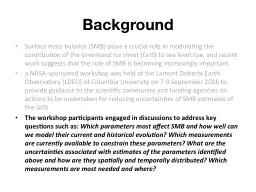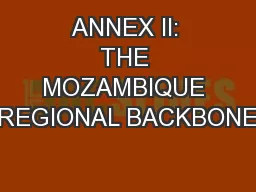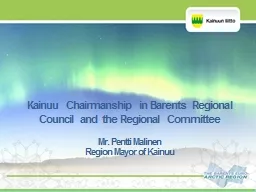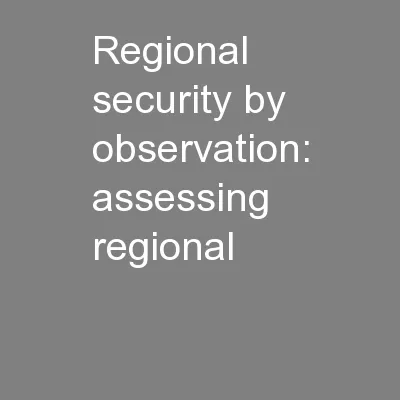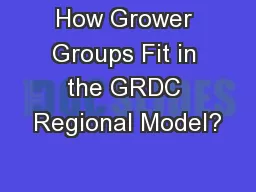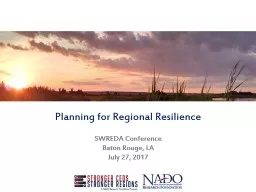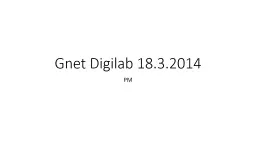PPT-GNET in Regional A tmospheric
Author : luanne-stotts | Published Date : 2018-11-05
M odels David Bromwich Marco Tedesco Mike Bevis and Steve Businger GNET Workshop 25 Jan 2017 Thoughts from David Bromwich on the GPS Network GNET BENEFITS High
Presentation Embed Code
Download Presentation
Download Presentation The PPT/PDF document "GNET in Regional A tmospheric" is the property of its rightful owner. Permission is granted to download and print the materials on this website for personal, non-commercial use only, and to display it on your personal computer provided you do not modify the materials and that you retain all copyright notices contained in the materials. By downloading content from our website, you accept the terms of this agreement.
GNET in Regional A tmospheric: Transcript
Download Rules Of Document
"GNET in Regional A tmospheric"The content belongs to its owner. You may download and print it for personal use, without modification, and keep all copyright notices. By downloading, you agree to these terms.
Related Documents

